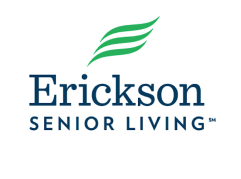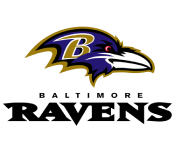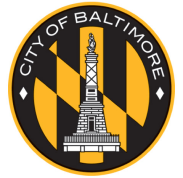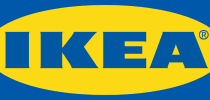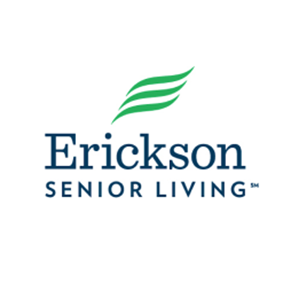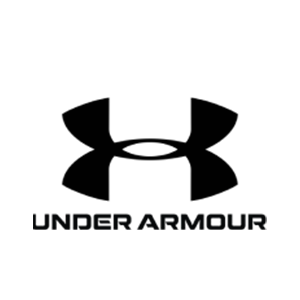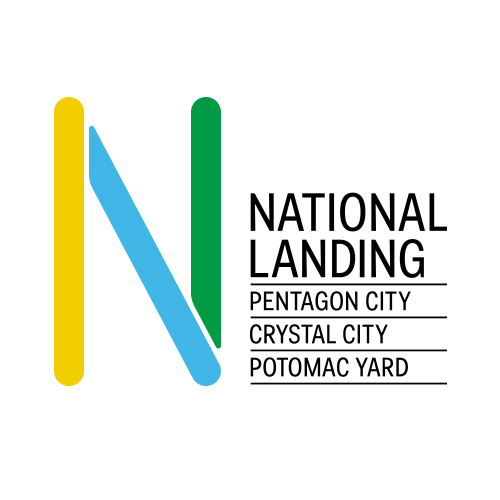The Power of Minimalism in Signage
In the world of signage, less often says more. Embracing minimalism in your signage design isn’t just about following a trend—it’s about making a stronger impact with fewer elements. Minimalist design can transform how your message is received, making your brand memorable and easy to recognize.
Principles of Minimalist Design
Minimalist design is built on simplicity, clarity, and emphasis. Minimalist signs offer a clear and concise message by focusing on essential elements and shedding any unnecessary components. Here’s how these principles enhance signage:
- Simplicity: A simple design avoids clutter, making your sign easily read and instantly understandable at just a glance.
- Clarity: With fewer distractions, the main message is direct and essential in fast-paced environments.
- Emphasis: Minimalist design strategically uses space to highlight the most important information, effectively guiding the viewer’s focus.
Benefits of Minimalist Signs
Adopting a minimalist approach to your signage has several advantages:
- Enhanced Readability: The less cluttered the sign, the easier it is for the eyes to process and understand the information, crucial for signs viewed from a distance or while moving.
- Timeless Appeal: Minimalist designs don’t succumb to the whims of passing design trends, which means your signage remains effective and relevant for longer.
- Cost-Effectiveness: Simpler designs can lower production costs, and the focus can be on quality materials and finishes.
Case Studies: Successful Minimalist Signage
Several businesses have leveraged minimalist signage to great effect. From high-end retailers to fast-food chains, the approach has helped clarify brand messages and improve customer interaction. These cases show that simplicity can speak volumes, whether it’s a boutique or a corporate enterprise.
Designing Minimalist Signs
When designing a minimalist sign, every element must be considered carefully:
- Color Choices: A limited color palette can help maintain the sign’s visual impact without overwhelming the viewer.
- Typography: Select typefaces that are readable and strong without being overly decorative. Clean, sharp lines work well in minimalist design.
- Use of Space: Negative space isn’t just space—it’s a crucial part of the design that helps define the overall look and directs attention to your key message.
Integrating Brand Identity
Even with a minimalist approach, your sign must reflect your brand identity:
- Use your brand colors strategically to keep the design cohesive with your overall branding.
- Incorporate logos subtly, ensuring they command attention without dominating the design.
Common Mistakes to Avoid in Minimalist Signage
While the minimalist design is powerful, certain pitfalls need to be avoided:
- Over-simplification: Simplify, but don’t strip away the character and uniqueness of your brand.
- Lack of focus: Every element in a minimalist design should serve a purpose. Avoid unnecessary embellishments that do not add value to the message.
Less Is More
Minimalist signage is more than just a style choice; it’s a strategic decision that can significantly influence how your message is perceived and how your brand is remembered. By focusing on the essentials, your signage can achieve a balance of functionality and style that stands out in today’s cluttered advertising landscapes.
In a world where everyone is bombarded with information, minimalist signage cuts through the noise, ensuring your message reaches and resonates with your audience.
We offer a number of different options for
installation and repairs.
INSTALL
Commercial Flagpoles
Residential Flagpoles
Foundations & Ground Sleeves
Marina & Dock Flagpoles
Street Pole Brackets & Banners
Holiday Lighting & Decor
Event Decorations
Mesh Banners & Outdoor Signage
Vinyl Adhesive Signs & Wraps
REPAIR
Flags (Free Repair for Life on Fly End of US Flags)
Commercial & Residential Flagpoles
Foundation & Ground Sleeves
Pulley Assemblies
Winches
Internal & External Halyard Lines
Flag Snaps
Ornamental & Pole Top Finishings
Street Pole Brackets & Banners
INSTALL
Commercial Flagpoles
Residential Flagpoles
Foundations & Ground Sleeves
Marina & Dock Flagpoles
Street Pole Brackets & Banners
Holiday Lighting & Decor
Event Decorations
Mesh Banners & Outdoor Signage
Vinyl Adhesive Signs & Wraps
REPAIR
Flags (Free Repair for Life on Fly End of US Flags)
Commercial & Residential Flagpoles
Foundation & Ground Sleeves
Pulley Assemblies
Winches
Internal & External Halyard Lines
Flag Snaps
Ornamental & Pole Top Finishings
Street Pole Brackets & Banners








